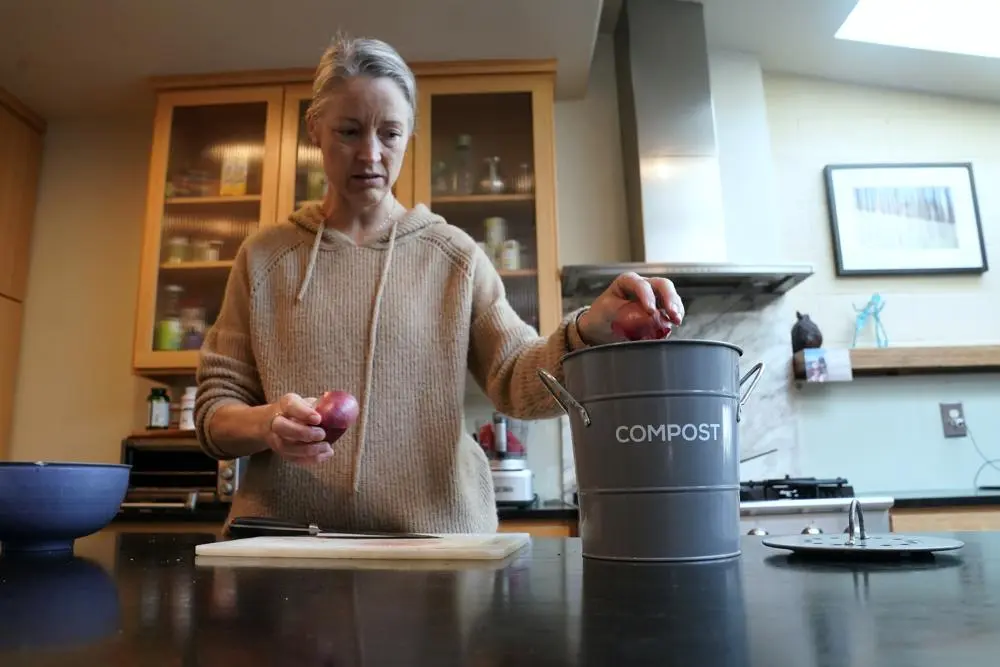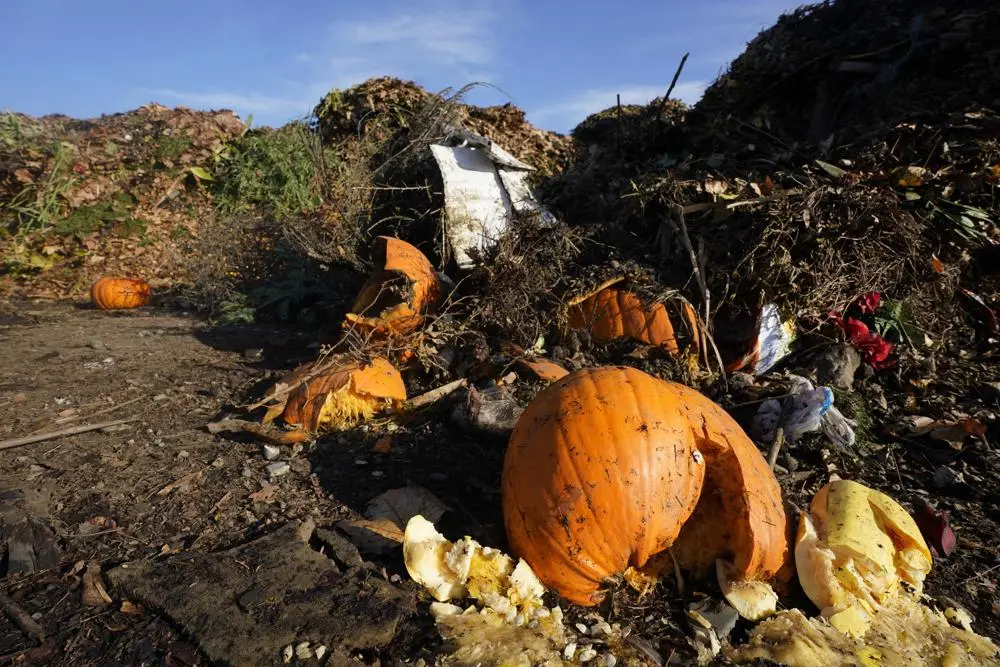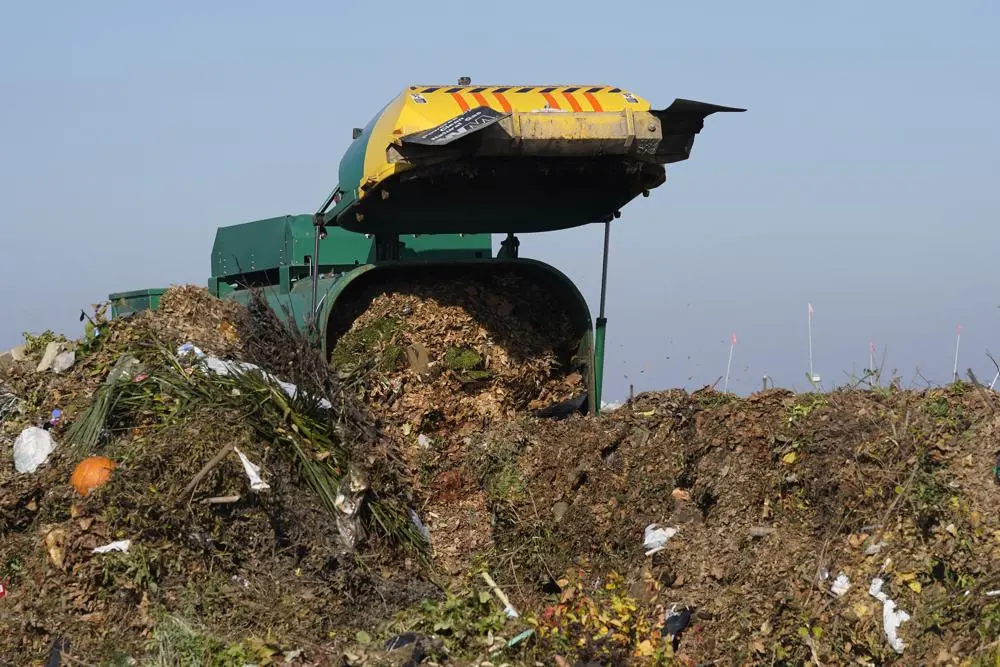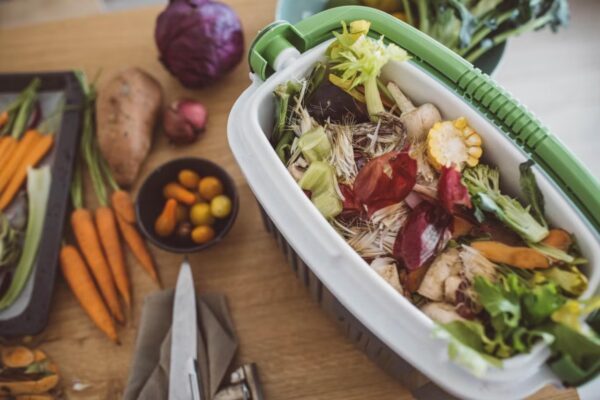California Targets Food Waste by Turning it Into Renewable Energy
Starting January 2022, new rules will require people to recycle their food waste by composting it or turning it into energy
With all the climate issues California is currently dealing with, the US state’s effort to tackle its food waste to reduce emissions is admirable. California has launched an initiative to turn its food waste into renewable energy in a bid to reduce emissions and the burden on landfills.
All organic waste, including banana peels, chicken bones and leftover vegetables, emits methane as it decomposes over time while lying in landfills and contributes to global warming. According to the US Environmental Protection Agency, nearly 50 percent of food is currently wasted in the United States and contributes to about 15 percent of its methane emissions.
The state of California passed a law in 2016 to reduce emissions from landfills. The law needs local governments and official bodies that collect waste to have obligatory food recycling programs starting January 2022.

Image: Rich Pedroncelli/AP
The goal of the state is to transform discarded food scraps into compost or energy. In order to accomplish this goal, many cities will give residents countertop food waste bins that can hold about two days’ worth of food waste, which can later be disposed of in green waste bine alongside yard waste. Once the scraps are thrown in the green waste bin, they will go to a facility where they will be composted or transformed into green energy using anaerobic digestion.
Also Read: Upcycled Food is the Latest Trend to Reduce Food Waste
California has the leading recycling program in the country but the state is not the first to liftoff such an enterprise. It has joined eight other states that have laws needing salvaging of food waste, to keep it out of landfills and reduce emissions.

Image: Rich Pedroncelli/AP
The state’s law stipulates that by 2025, California must cut organic waste in landfills by 75 percent from 2014 levels, which loosely translates to going from about 23 million tons to 5.7 million tons. Supermarkets will also begin donating their excess food in January while hotels, restaurants, hospitals, schools and large event locations will begin doing so in 2024.
However, imposing this law in bigger cities will pose some challenges. For instance, the state’s two most populous – Los Angeles and San Diego, will not be ready with the program for all households next month.

Image: Rich Pedroncelli/AP
Via: Euro News


